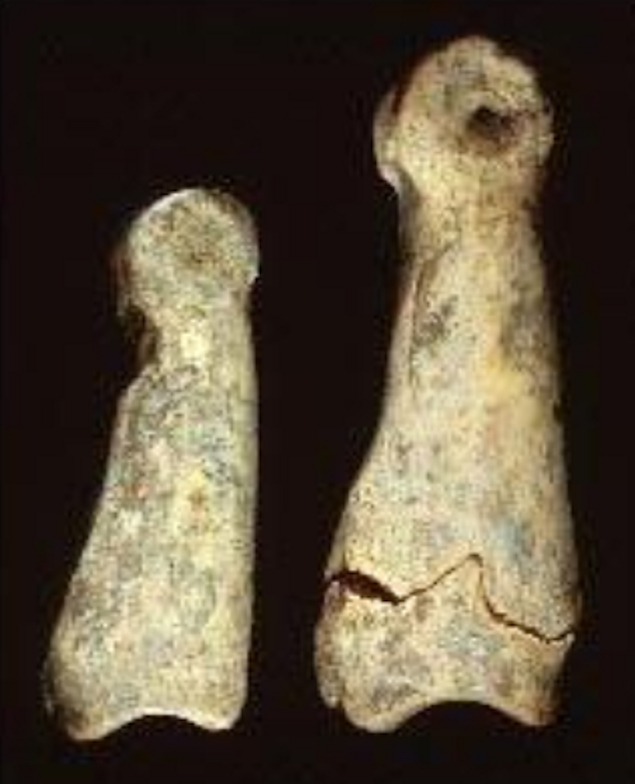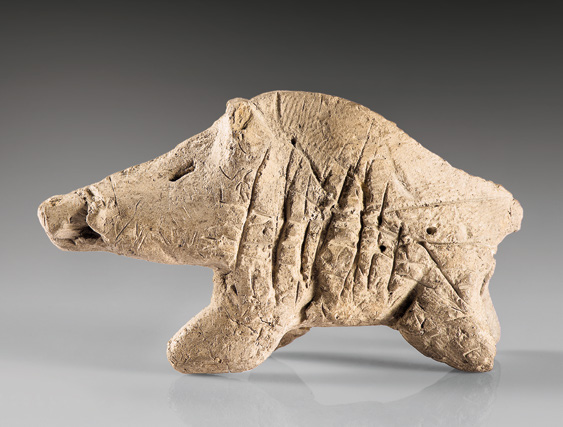
| GANJ DAREH
The early village site of Ganj Darreh near Kermanshah
Location
: Kermanshah Province, Iran
Ganj Dareh ("Treasure Valley" in Persian, or "Treasure Valley Hill" if tepe/tappeh (hill) is appended to the name) is a Neolithic settlement in the Iranian Kurdistan. It is located in the Harsin County in east of Kermanshah Province, in the central Zagros Mountains.
Research
history :
The oldest settlement remains on the site date back to ca. 10,000 years ago, and have yielded the earliest evidence for goat domestication in the world. The only evidence for domesticated crops found at the site so far is the presence of two-row barley.
The remains have been classified into five occupation levels, from A, at the top, to E.
Ceramics
:
At Ganj Dareh, two early ceramic traditions are evident. One is based on the use of clay for figurines and small geometric pieces like cones and disks. These are dated ca. 7300-6900 BC.
The other ceramic tradition originated in the use of clay for mud-walled buildings (ca. 7300 BC). These traditions are also shared by Tepe Guran, and Tepe Sarab. Tepe Asiab is also located near Tepe Sarab, and may be the earliest of all these sites. Both sites appear to have been seasonally occupied. Ali Kosh is also a related site of the Neolithic period.
Genetics
:
GD13a is genetically closest to the ancient Caucasus Hunter-Gatherers identified from human remains from Georgia (Satsurblia Cave and Kotias Klde), while also sharing genetic affinities with the people of the Yamna culture and the Afanasevo culture. She belonged to a population that was genetically distinct from the Neolithic Anatolian farmers. In terms of modern populations, she shows some genetic affinity with the Baloch people, Makrani caste and Brahui people due to Ancient Caucasus Hunter-Gatherer ancestry found in some Indians, in actuality they are the closest to modern Zoroastrians in Iran. Her population did not contribute very much genetically to modern Europeans.
The oldest sample of haplogroup R2a was observed in the remains of a Neolithic human from Ganj Dareh in western Iran.
Map showing location of Ganj Dareh, Tepe Guran, Tepe Sarab, Ali Kosh, and Tepe Asiab, as well as some other locations of early herding activity
Area of the fertile crescent, circa 7500 BC, with main sites. Ganj Dareh is one of the important sites of the Pre-Pottery Neolithic period. The area of Mesopotamia proper was not yet settled by humans Gallery :
Ganj Dareh site
Clay human figurine (Fertility goddess) Tepe Sarab, near Ganj Dareh, Kermanshah ca. 7000-6100 BCE, Neolithic period, National Museum of Iran
Ganj Dareh objects
A clay boar figurine from the Neolithic period, found at Tepe Sarab, kept at the Museum of Ancient Iran
Source :
https://en.wikipedia.org/ |
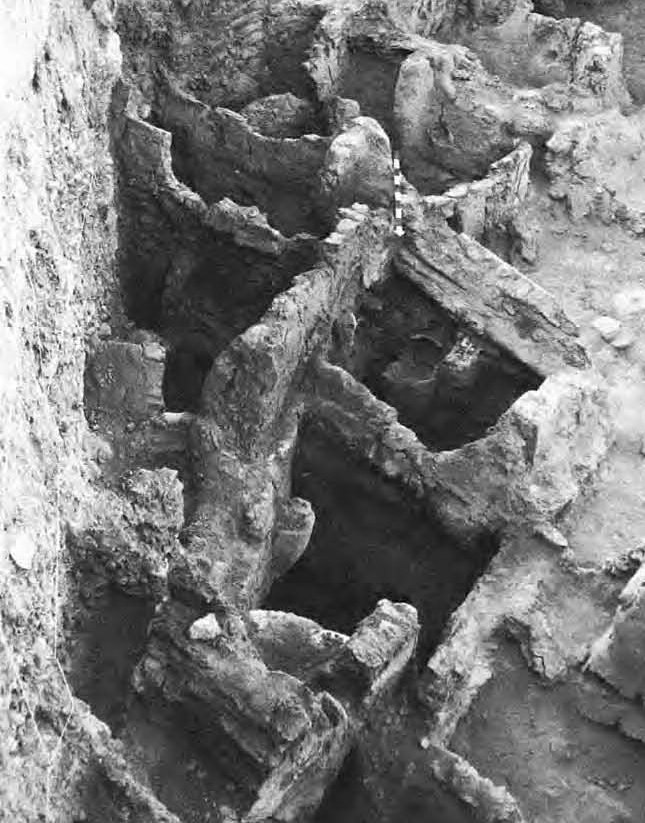
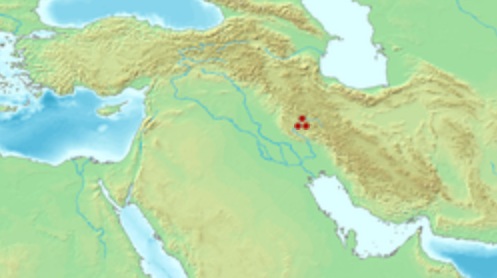

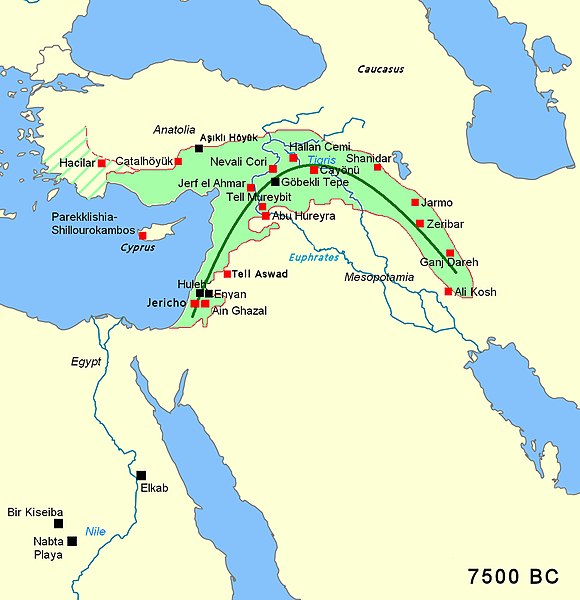
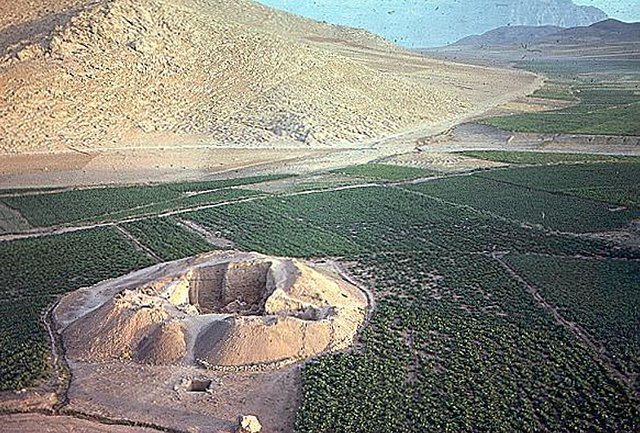
_Tappeh_Sarab,_Kermanshah_ca._7000-6100_BCE_Neolithic_period,_National_Museum_of_Iran.jpg)
